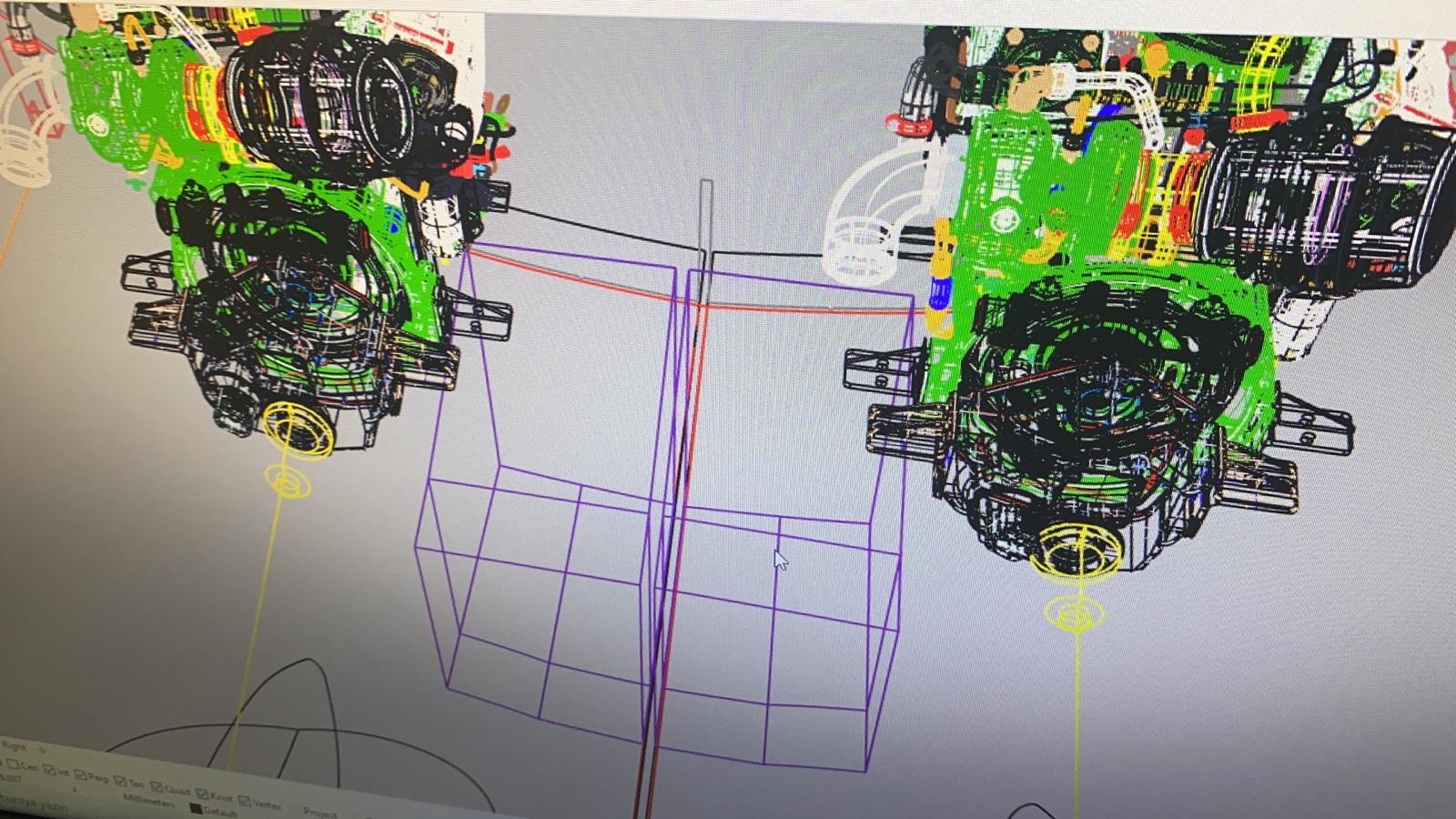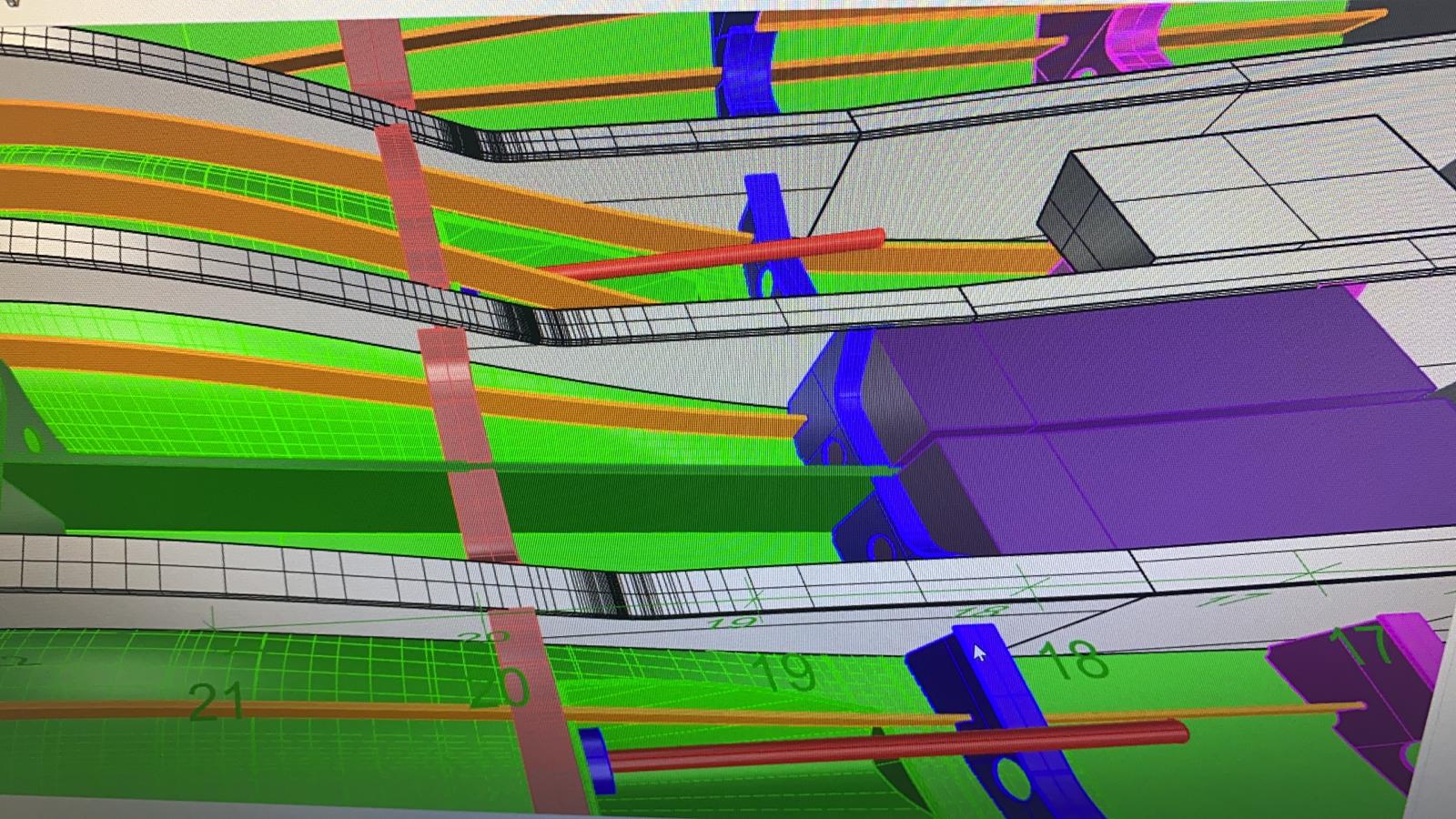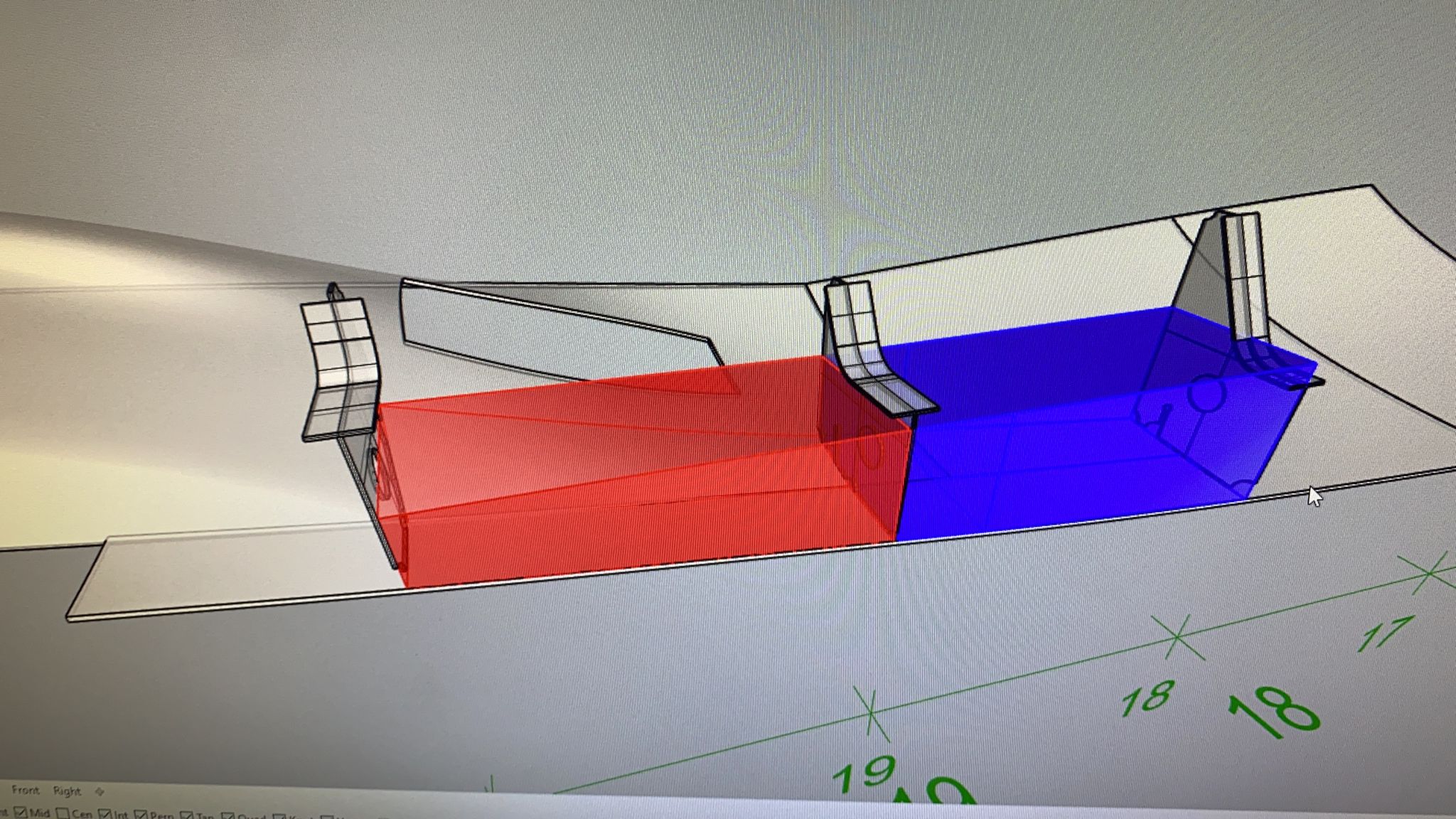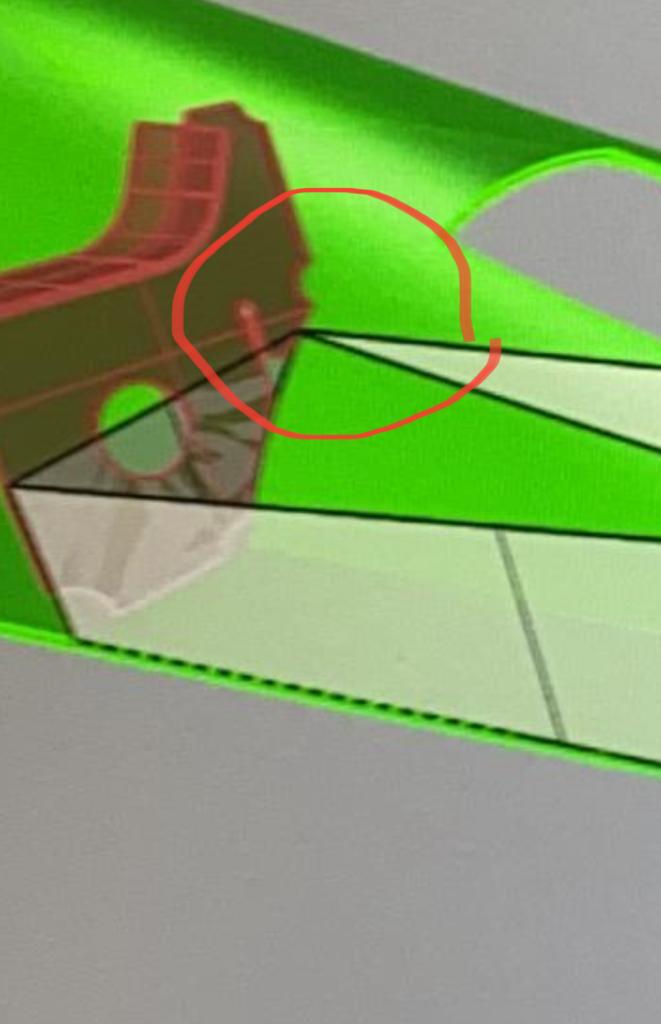
We have an issue with the build of our Explorer Yacht, Vanguard. Unusually, we have implemented cutting-edge hybrid diesel-electric propulsion technology to achieve a litany of advantages over what has traditionally been possible. However, there is a downside. In this instance, we need to install a Water/Glycol cooling system as described in an earlier blog. We are fortunate that our yard, Naval Yachts, is keen to work through these issues and develop a robust solution.

We need to install water/glycol storage tanks low down in the hull form. Not to be confused with the water/glycol cooling system used on the diesel engines. These shall remain as stand-alone systems. The new tanks will hold the cooling needs of electric drives, batteries, gearbox and hybrid drive, gear oil coolers when they are unused. They will also hold a reserve reservoir when these systems are in use. Being in contact with the underwater hull form will facilitate the transfer of excess heat from the coolant to the seawater. They will also help us significantly reduce the use of seawater within the engine room.
Our calculations revealed that we need approximately 6kW of thermal cooling capacity per tank. Under static fluid conditions (such as at anchor), we need 1 m2 of tank/seawater surface to contact the fluid. I’m guessing at the system capacity, but with small-bore pipes, the system volume is probably less than 100litres.

Naval Yachts designed two small double-bottom tanks. These sit between the engines, protected by the skegs. Each tank capacity was 150 liters with a surface area of 0.8 m2. However, for a 6 kW cooling capacity per tank, we need a larger surface area. Extending the tanks towards the stern creates an odd shape, but it’s only storage, so who cares. That adds an extra 0.8 m2 of tankage surface, which, at 1.6 m2 total, is now larger than needed.

Looking at the tank shape, we should place the inlet at the rear where the tanks are shallow, outlet at the forward end where it is deepest. We will also install baffle plates internally to direct the flow past the hull surface and prevent bypass. With 100 liters required by pipework, the reserve in the tanks is 310 liters in the port tanks and the same is for starboard. Ample volume for a thermal buffer, so the temperature is easier to control.
I live a life of perpetual hope. This water/glycol cooling system should facilitate removing nearly all the saltwater piping from within the engine room. Coolers will no longer need regular cleaning being free of fouling. Our internal systems should also be free from potential ice damage. If this is not a first, then it is rare so let us see how it works!
Fingers crossed!
Leave a Reply